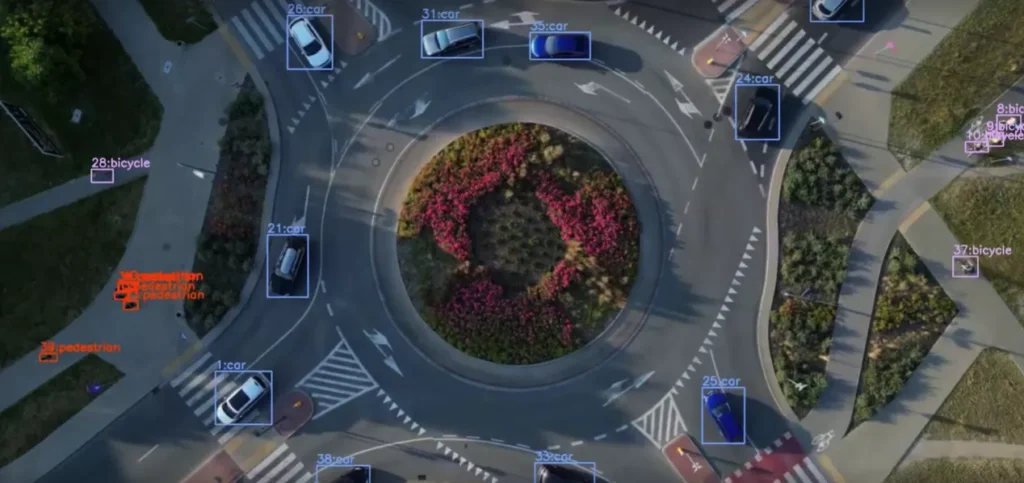
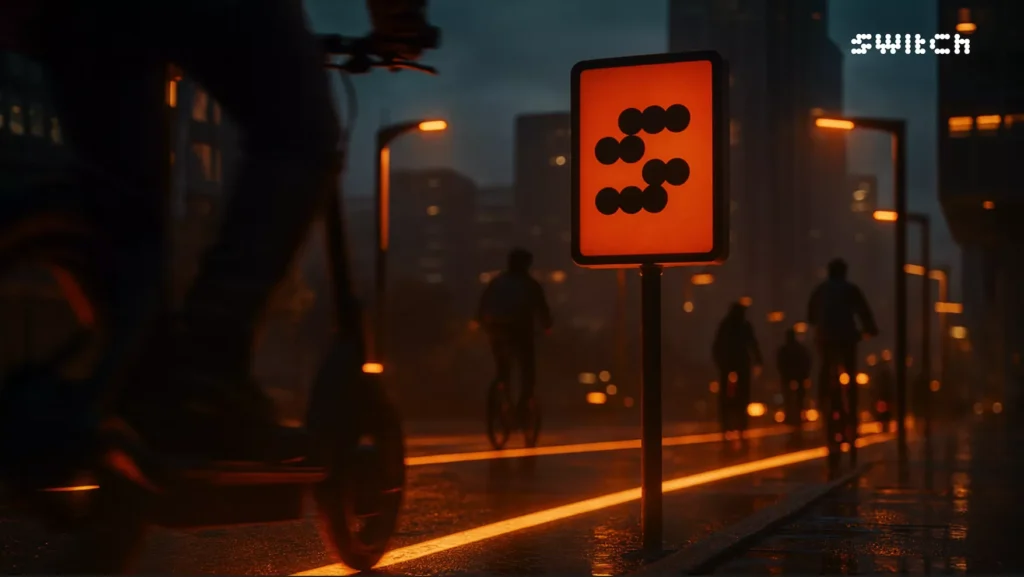
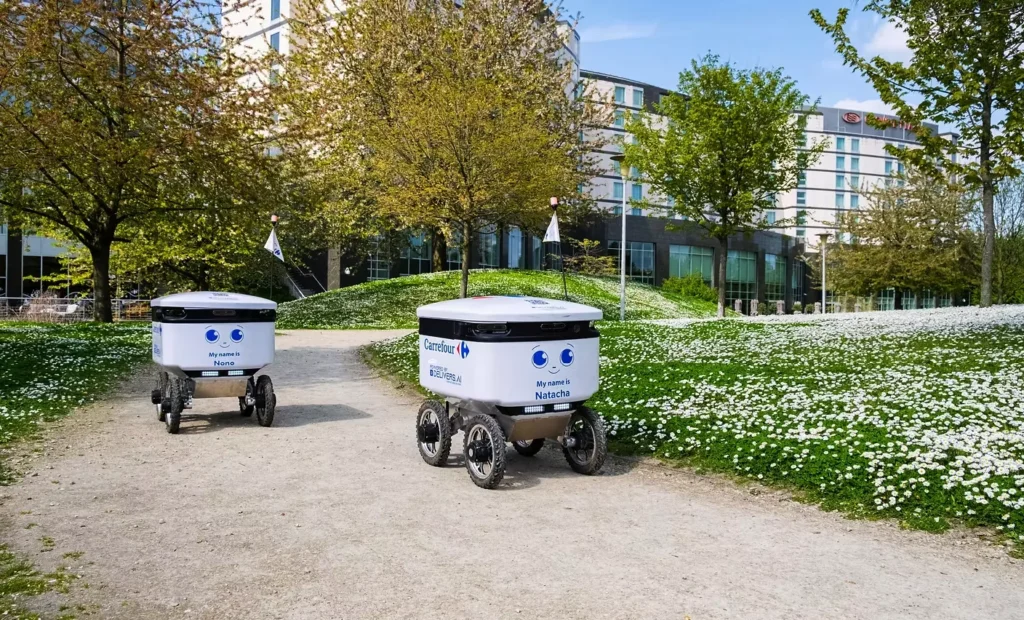
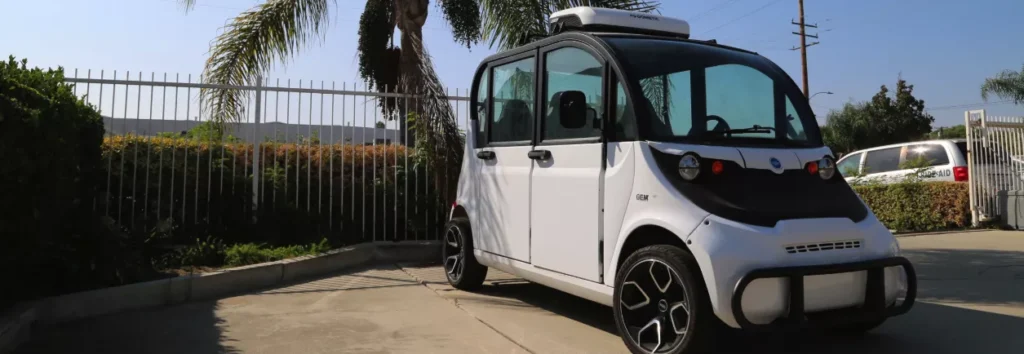
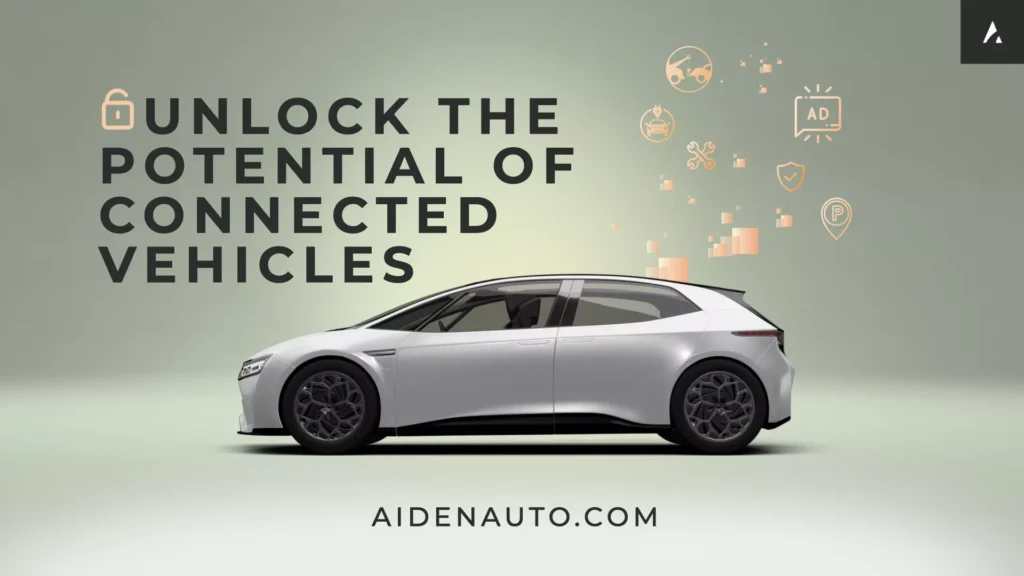





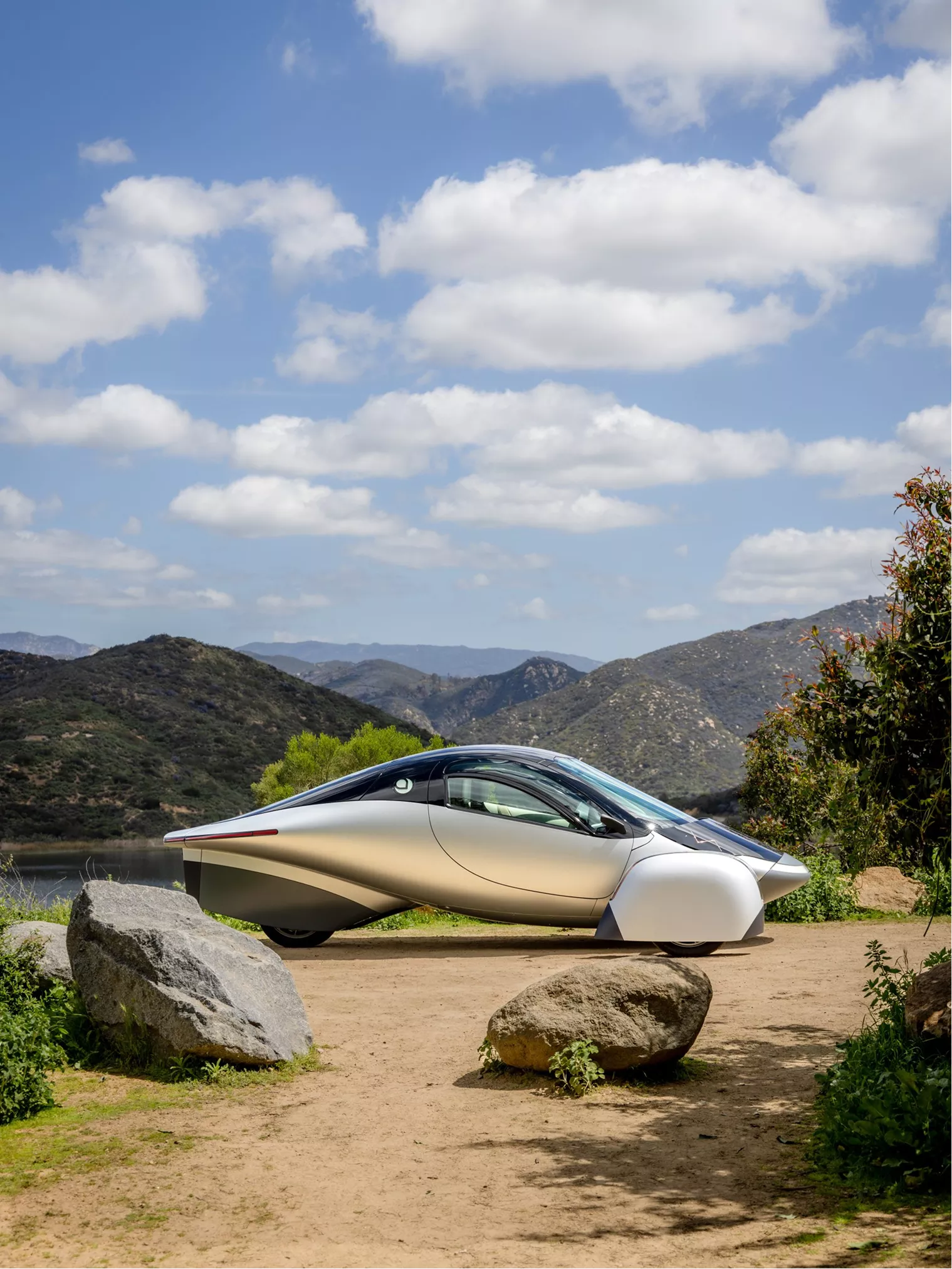
From EVs and batteries to autonomous vehicles and urban transport, we cover what actually matters. Delivered to your inbox weekly.
Mint Innovation has secured £8.1 million in funding (half of it from UK government grants) to launch a new electric vehicle battery recycling project aimed at recovering critical minerals from end-of-life packs.
Backed by Jaguar Land Rover (JLR), the effort is one of the first major investments under the UK’s £2.5 billion DRIVE35 program, designed to support the country’s EV transition ahead of the 2035 internal combustion vehicle ban.
Together, the group plans to extract lithium, nickel, and cobalt, materials essential for EV battery production, and feed them back into the domestic supply chain. Their aim is to cut reliance on virgin raw materials, which are often imported, processing-intensive, and exposed to global price volatility.
For the UK, building local capacity to recover and reuse battery-grade metals is a strategic play. As EV demand growth slows globally, governments are focusing on strengthening industrial resilience rather than chasing volume.
Recycling infrastructure directly supports this by turning end-of-life batteries into a stable input stream for new production.
So, how does this work?
Mint’s model uses bioleaching, a low-energy, low-emissions process to separate metals from battery waste. If successful at scale, it could offer an alternative to conventional smelting or chemical-intensive recycling, which come with higher environmental and capital costs.
Having carmakers like JLR involved adds a closed-loop component, linking the recovery process to upstream design and procurement.
The initiative also positions suppliers to align with incoming regulatory and ESG mandates:
With DRIVE35 funding now on the table, focus will shift to execution: scaling the tech, integrating with vehicle dismantling flows, and creating materials streams pure enough for battery-grade reuse.
As more EVs reach the end of their life over the next decade, the commercial and strategic value of battery recycling infrastructure will continue to grow.